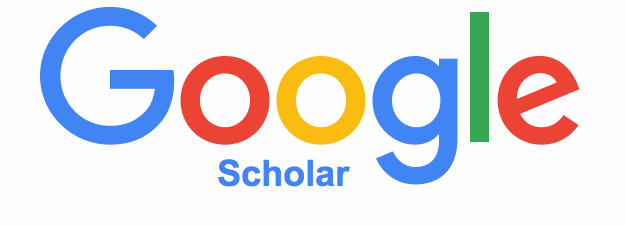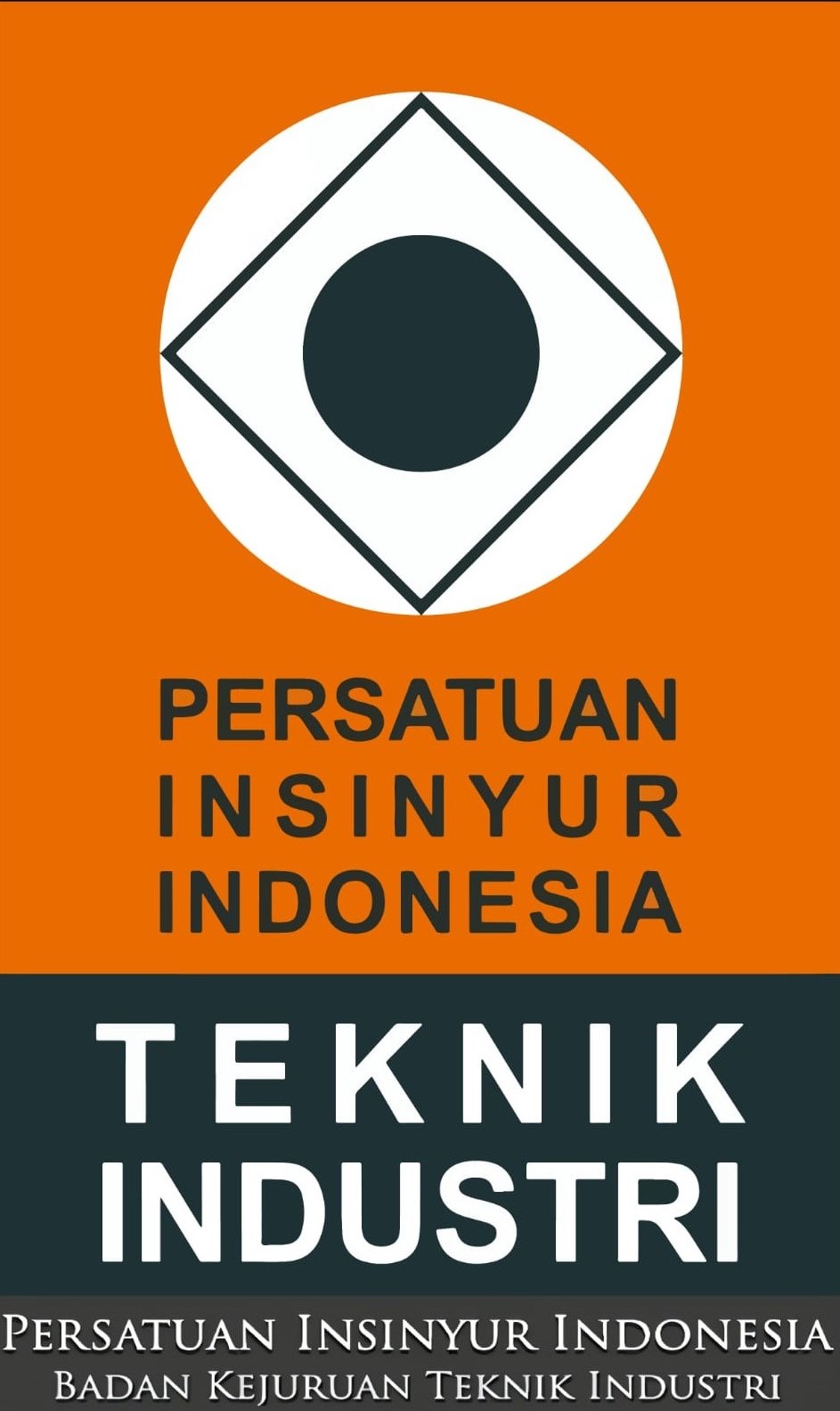Sign Elements of International Food and Beverage Logos
DOI:
https://doi.org/10.32734/lingpoet.v2i3.6371Keywords:
Semiotic, Peirce’s Triadic Theory, Symbol, Interpretation, LogosAbstract
This research entitled Sign Element of International Food and Beverage Logos. This research analyses the sign elements of food and beverage logos and the interpretation of the sign. The company want to promote and inform their product by creating the logo. This research applies the semiotic theory by Charles Sanders Peirce to analyse the sign elements and its interpretation in the logos. This research use qualitative descriptive method in analysing the data. The data is 7 food and beverage logos which goes international. Those 7 food and beverage logos are McDonald’s, Starbucks, Domino’s, Pizza Hut, KFC, Coca-Cola, and Pepsi. The data source in this research were logo images that collected from the logo’s official website and Wikipedia. This research will analyse the icon, index, and symbol of the logos as the sign elements by using Peirce’s triadic theory. Then the interpretation of the sign will analyze by relating the representment, object and interpretant. The result of this research shows that there are 6 icons, 5 indexes, and 7 symbols sign used in 7 food and beverage logos. There is 1 logo that has no icon sign, 2 logos have no index sign, and all logos have a symbol sign. The meaning of the sign elements that found in the logos was represented by relating the representment, object, and interpretant.
Downloads
References
Atkin, A. (2010). Peirce’s Theory of Signs. Standford Encyclopedia of Philosophy.
Chandler, D. (2002). Semiotics: The Basics. London: Rout-ledge. Standford.
Chandler, D. (2007). Semiotics: The Basics (2nd ed.). London: Rout-ledge. Standford.
Deledalle, G. (2000). Charles S. Peirce’s Philosophy of Signs. Bloomington: Indiana University.
Hariani, F. (2018). Semiotic Analysis on Idol Group Logo: A Study of Type of Sign and Meaning of Korean Group’s Logo. Faculty of Humanity. University of Diponegoro. Semarang.
Lanir, L. (2012). Charles Sanders Peirce’s Semiotics-The Triadic Model. Decoded Science. Available: https://www.decodedscience.org/charles-sanderspeirces-semioticsthe-triadic-model/. [Accessed: Jun. 17, 2020].
Merriam-Webster. (n.d.). Logo. In Merriam-Webster.com dictionary. Available: https://www.merriam-webster.com/dictionary/logo. [Accessed: Aug. 10, 2020].
Miles, M.B, Huberman, A.M, and Saldana, J. (2014). Qualitative Data Analysis, A Methods Sourcebook (3rd ed.). London. Sage Publications.
Peirce. C. P. (2003). Semiotics. London: Sage Publications.
Rustan, S. (2009). Mendesain Logo. Jakarta: PT Gramedia Pustaka Utama.
Sandelowski, M. (2000). Focus on Research Methods: Whatever Happened to Qualitative Description?. Carington Hall, School f Nursing, Chapel Hill, NC 27599.
Vijaya, A.P. (2014). The Semiotic Analysis of The Logos of Eight Japanese Car Companies in Indonesia. Faculty of Cultural Studies. University of Brawijaya. Malang.
Published
How to Cite
Issue
Section
Copyright (c) 2021 LingPoet: Journal of Linguistics and Literary Research

This work is licensed under a Creative Commons Attribution-ShareAlike 4.0 International License.
The Authors submitting a manuscript do so on the understanding that if accepted for publication, the copyright of the article shall be assigned to TALENTA Publisher Universitas Sumatera Utara as the publisher of the journal.
Copyright encompasses the rights to reproduce and deliver the article in all forms and media. The reproduction of any part of this journal, its storage in databases, and its transmission by any form or medium will be allowed.






















